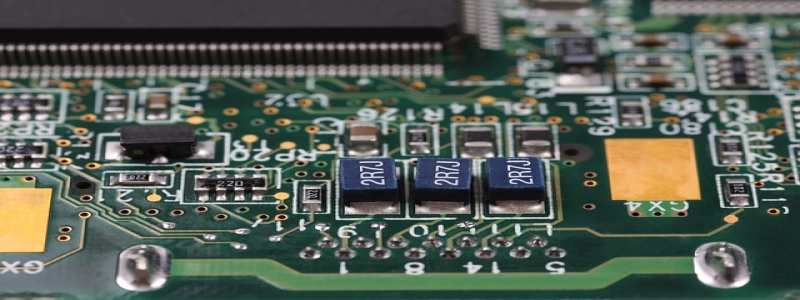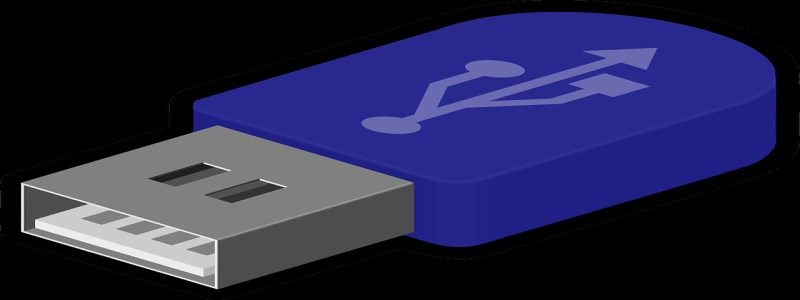How Much Does it Cost to Run Ethernet Cable?
Introduction:
Ethernet cables are a popular and reliable option for establishing a wired network connection. Whether you are setting up a new network or upgrading an existing one, understanding the cost of running Ethernet cables is essential. In this article, we will explore the factors that influence the cost of running Ethernet cables and provide a detailed breakdown of the expenses involved.
I. Factors Affecting the Cost of Running Ethernet Cable:
1. Length of the Cable:
The longer the cable required, the more material and labor will be needed. Longer cables may require additional components like connectors, junction boxes, or patch panels, which can increase the overall cost.
2. Installation Method:
The method of installing Ethernet cables also affects the cost. There are three common installation methods:
a) Surface Mounting: This involves securing the Ethernet cables along walls or ceilings using adhesive clips or cable ties. It is the most cost-effective method.
b) In-Wall Installation: Ethernet cables are concealed within the walls, requiring professional assistance and potentially increasing the cost.
c) Riser or Plenum Installation: This method involves running cables through riser or plenum spaces, which requires compliance with building fire codes and can be more expensive.
3. Cable Category:
Ethernet cables are available in different categories, such as Cat5e, Cat6, and Cat6a. The category of the cable determines its transmission speed and performance. Higher-category cables may cost more than lower-category ones.
II. Cost Breakdown:
1. Material Costs:
a) Ethernet Cable: The cost of the cable itself varies depending on the category and length required.
b) Connectors and Accessories: Connectors, keystone jacks, and patch panels may be required, depending on the installation method.
2. Labor Costs:
a) Surface Mounting: This method requires minimal labor, and homeowners can often install the cables themselves.
b) In-Wall or Riser/Plenum Installation: Professional assistance is usually required, and labor costs will depend on the complexity and time required for installation.
3. Additional Costs:
a) Testing Equipment: For larger installations, specialized testing equipment may be necessary to ensure the cables are functioning correctly.
b) Permits and Inspections: Depending on local regulations and the complexity of the project, permits and inspections may incur additional costs.
III. Conclusion:
Running Ethernet cables involves several factors that determine the overall cost. Factors such as cable length, installation method, cable category, material costs, labor costs, and additional expenses must all be considered when estimating the cost of a project. It is recommended to obtain multiple quotes from reputable vendors or professionals to ensure an accurate assessment of the total cost. By understanding these factors, you can make informed decisions regarding your Ethernet cable installation while keeping within your budget.








